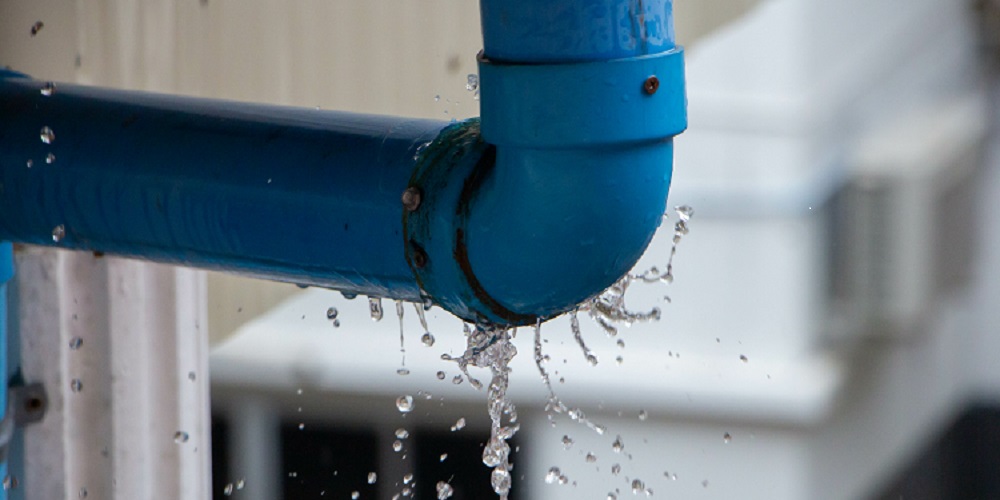Just how do you actually feel on the subject of Leaking water lines?

Early discovery of dripping water lines can mitigate a prospective catastrophe. Some small water leakages may not be noticeable.
1. Take A Look At the Water Meter
Every residence has a water meter. Inspecting it is a surefire manner in which helps you find leakages. For starters, turn off all the water sources. Ensure nobody will certainly flush, utilize the faucet, shower, run the cleaning maker or dishwashing machine. From there, most likely to the meter as well as watch if it will certainly alter. Considering that nobody is using it, there need to be no movements. If it moves, that shows a fast-moving leak. If you find no adjustments, wait an hour or 2 as well as inspect back once again. This indicates you might have a slow-moving leakage that can also be below ground.
2. Examine Water Intake
If you spot abrupt adjustments, regardless of your usage being the exact same, it indicates that you have leakages in your plumbing system. A sudden spike in your bill indicates a fast-moving leak.
A constant rise every month, even with the exact same practices, reveals you have a slow leakage that's also slowly intensifying. Call a plumber to extensively check your property, especially if you feel a warm area on your floor with piping underneath.
3. Do a Food Coloring Examination
When it comes to water intake, 30% comes from commodes. If the shade in some way infiltrates your dish throughout that time without flushing, there's a leakage between the storage tank and also bowl.
4. Asses Outside Lines
Do not forget to inspect your outdoor water lines also. Test spigots by affixing a yard pipe. Ought to water leak out of the link, you have a loose rubber gasket. Change this and make sure all connections are tight. It will help get it expertly examined and preserved each year if you have actually obtained a lawn sprinkler system. One small leakage can throw away lots of water and also surge your water expense.
5. Assess the scenario as well as evaluate
Home owners need to make it a practice to examine under the sink counters and also also inside cupboards for any bad odor or mold development. These 2 red flags indicate a leakage so prompt focus is required. Doing routine examinations, also bi-annually, can conserve you from a major problem.
Inspect for stainings and compromising as most devices and pipelines have a life expectations. If you think leaking water lines in your plumbing system, do not wait for it to escalate.
Early discovery of dripping water lines can reduce a possible disaster. Some small water leakages might not be visible. Inspecting it is a guaranteed means that aids you uncover leakages. One little leakage can throw away loads of water as well as surge your water expense.
If you think leaking water lines in your plumbing system, do not wait for it to escalate.
How to Know If Your Home Has a Hidden Leak
Water Meter Reveals Inexplicable Water Usage
If you’d like to test whether or not there’s a leak somewhere in your home, you can do this using your water meter. Here is how to conduct the test:
Don’t use any water in your home for at least 30 minutes; this also means not turning on faucets or water-using appliances.
Go outside, and check your water meter for activity.
If your water meter shows that there was activity, even though no one was using any water, this proves that there is a leak in your home.Visible Mold or Mildew Growth
Leaks behind walls create moist, dark environments that allow mold and mildew to grow and thrive. Eventually, you might see mold growth forming on the wall closest to a hidden leak.
If mold is growing in an area that receives a high amount of moisture, such as a bathroom, it may simply be an indication that better ventilation is needed. However, if you see mold growth on a wall or the ceiling in an area where you would not expect, you probably have a hidden leak.
Musty, Mildew Odor
Sometimes you might not be able to see the mold or mildew that is growing as a result of a leak. However, the smell can give the problem away just as easily. If you catch a whiff of something musty, there’s a good chance that old water is collecting somewhere in your home that you can’t see.
Stained/Warped Walls, Ceilings, or Floors
When your home soaks up water, a variety of red flags can become visible, including ceiling stains, bubbling drywall, warped walls, and sagging floors. While these issues can be caused by excess humidity, they can also be signs that a pipe or plumbing connection has started leaking behind your walls.
Inexplicably High Water Bill
After a while, you get a general sense for what your water bill should be. If you own a pool or sprinkler system, your bill will tend to be higher during summer. However, if you receive a water bill that seems especially high, and you can’t figure out what caused it, then you may have a hidden leak somewhere that’s increasing your bill.
https://www.plumbingjoint.com/blog/2019/july/how-to-know-if-your-home-has-a-hidden-leak/

I stumbled upon that page about Locating water leaks when browsing the internet. Do you know about another individual who is interested in the topic? Feel free to share it. Kudos for your time. Visit us again soon.